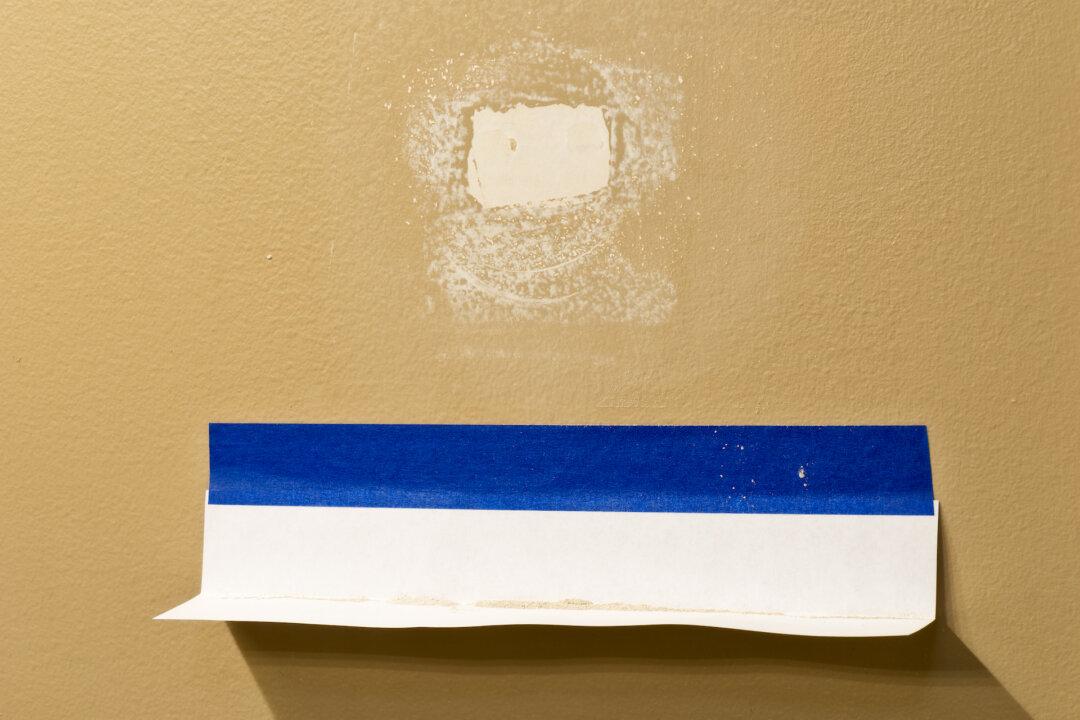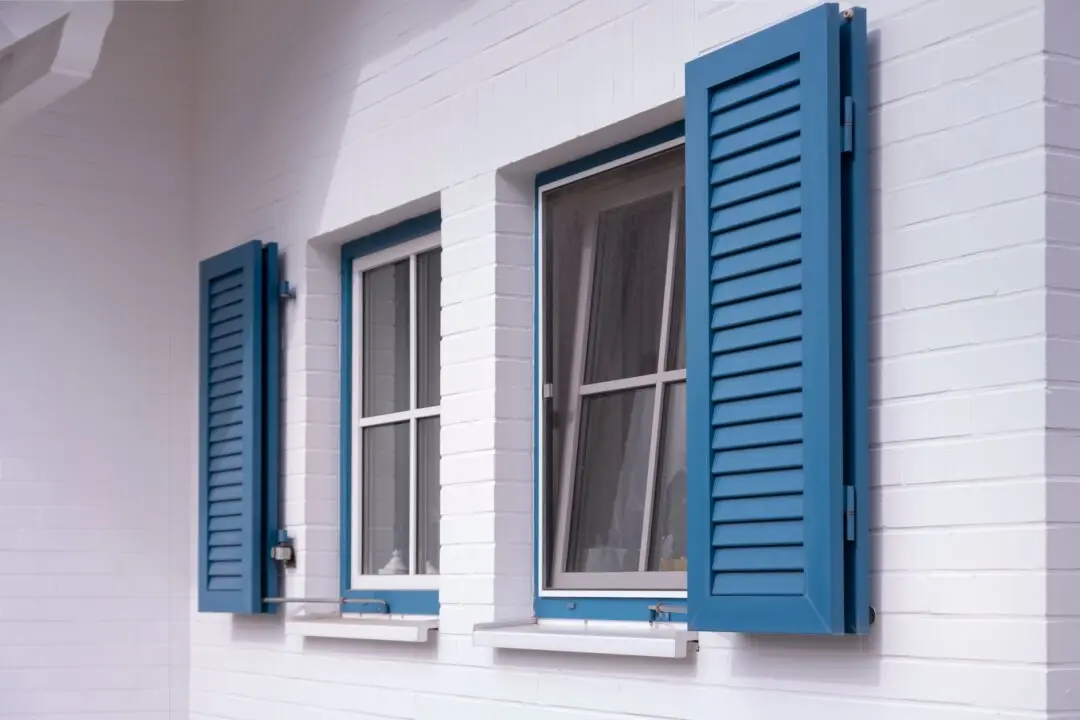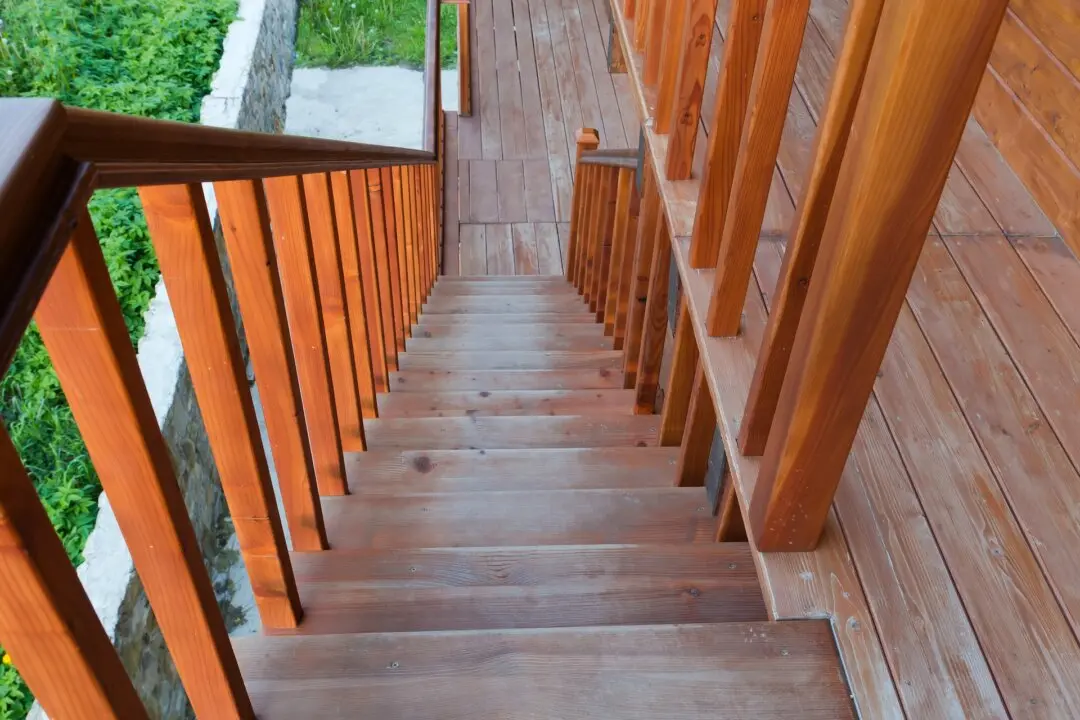Dear James: There are lots of nail pops on our drywall joints. When we have our new room addition drywalled, what should be done differently to avoid this? —Mandee L.
Dear Mandee: Even after you try to fix the nail pops yourself with spackling compound and paint, the repaired spots will still be apparent. For this reason, it is extremely important to take steps initially during the wall construction phase to avoid the causes of nail pops.





